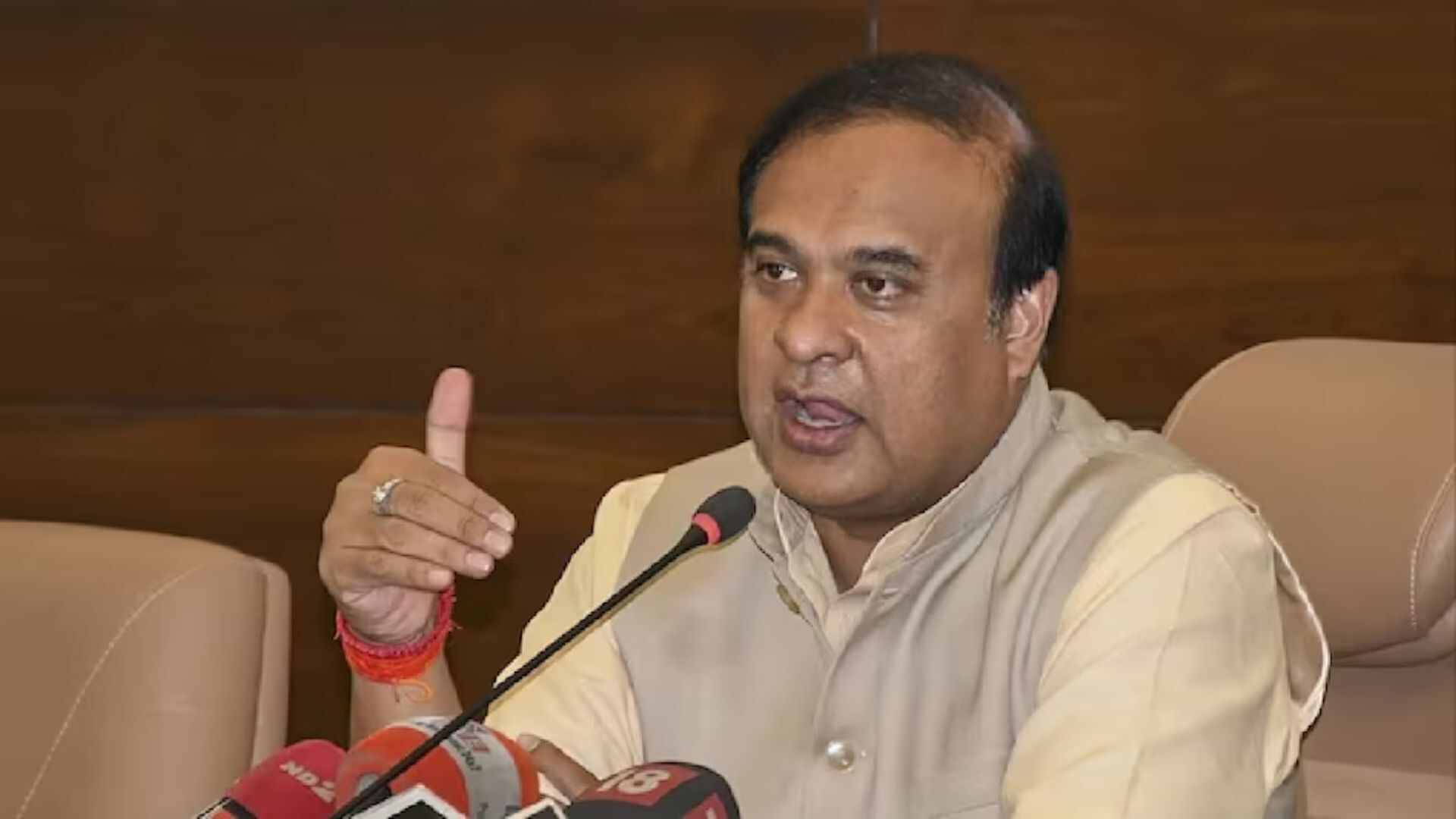In a ground-breaking move, the Union Cabinet has just approved the Unified Pension Scheme (UPS), a game-changing initiative poised to benefit over 23 lakh central government employees. This new pension framework, set to roll out on April 1, 2025, promises a blend of stability and security, striking a balance between the existing National Pension System (NPS) and the traditional Old Pension Scheme (OPS).
Union Minister Ashwini Vaishnaw detailed the UPS’s key features, highlighting its potential to redefine retirement benefits. Unlike the NPS, which has faced criticism for its unpredictability, the UPS guarantees a stable and predictable pension.
Pensions under this scheme will be indexed to the All India Consumer Price Index for Industrial Workers, ensuring that retirees’ benefits keep pace with the rising cost of living. This is a notable departure from the NPS, which does not provide such automatic adjustments.
The timing of this announcement is also significant. Coming just ahead of crucial assembly elections in Haryana and Jammu & Kashmir, the UPS could be seen as a strategic move by the government to address widespread discontent with the NPS. Several opposition-ruled states have already reverted to the OPS, reflecting growing pressure on the central government to reconsider its pension policies.
Prime Minister Narendra Modi has emphasised that the UPS aligns with the government’s commitment to enhancing employee welfare, offering a more secure and dignified retirement. Defence Minister Rajnath Singh also lauded the initiative, underscoring its role in providing financial stability for government employees and their families.
The NPS, while designed to be fiscally sustainable, has been criticised for its lack of guaranteed returns and mandatory employee contributions. In contrast, the OPS offered a fixed pension based on the last drawn salary, which, though generous, was financially unsustainable in the long run.
The UPS aims to merge the best aspects of both the OPS and NPS. By maintaining a contributory structure while introducing assured pension benefits, the UPS seeks to address the financial concerns of both employees and the government. This balanced approach promises to resolve long standing grievances and provide a more reliable retirement plan for government workers.
The introduction of the (UPS is set to impact the government’s finances significantly, with projections indicating an estimated fiscal burden of approximately 62.5 billion rupees ($745 million) for the fiscal year 2024-25. This financial requirement, however, is subject to fluctuation based on the number of employees retiring each year, as stated by the minister.
A key factor in managing this cost is the return rate on the pension corpus. The UPS promises a guaranteed pension amounting to 50 percent of the last 12-month average basic pay, in contrast to the NPS which offers no such defined benefit. To avoid additional financial strain on the government, it must achieve an annual return of 11.5 percent on its pension corpus. This corpus is funded through contributions from both government and employees and is projected to sustain itself over a 30-year period.
To support the UPS, the government has committed to increasing its contribution to the NPS corpus. This contribution has been raised to 18.5 percent of employees’ salaries, up from the previous rate of 14 percent. This adjustment is intended to bolster the pension corpus and support the promised benefits under the new scheme.
For illustrative purposes, if an employee begins service in 2025 and continues until 2054, with their income growing at a compounded annual rate of 11.9 percent over these 30 years, the government should be able to maintain the 50 percent salary payout, provided the average return on the corpus remains above approximately 11.5 percent.
Salient features
1. Assured pension
Employees are guaranteed a pension amounting to 50% of their average basic pay drawn over the last 12 months before retirement, given they have completed a minimum of 25 years of service. For those with fewer years of service, the pension amount is proportionate but must be based on at least 10 years of service.
This feature ensures a stable and predictable income post-retirement, which can enhance financial security for retirees. The guarantee of 50% of the last drawn pay helps in maintaining a reasonable standard of living in retirement. However, the fixed nature of this pension creates a liability for the government, which must ensure it has the funds to meet these obligations.
2. Assured family pension
Upon the employee’s death, their family will receive 60% of the pension that the employee was receiving or was entitled to receive.
This provision provides financial support to the dependents of the deceased employee, helping to mitigate the financial impact on the family. It also implies an ongoing fiscal responsibility for the government to cover these pensions, which adds to the long-term pension liabilities.
3. Assured minimum pension
For employees who retire after a minimum of 10 years of service, there is a guaranteed minimum pension of Rs. 10,000 per month.
This ensures a basic level of income for all retirees, even those with shorter service periods. It helps in addressing income inequality among retirees and provides a safety net for those who might not have accumulated substantial pension wealth.
4. Inflation indexation
Pensions, including the assured pension, family pension, and minimum pension, will be adjusted for inflation based on the All India Consumer Price Index for Industrial Workers (AICPI-IW).
Indexation protects retirees’ purchasing power against inflation, which is crucial for maintaining the real value of pensions over time. This adjustment mechanism ensures that the pension benefits do not erode due to rising costs of living.
5. Lump sum payment at superannuation
In addition to the regular pension and gratuity, retirees will receive a lump sum payment calculated as 1/10th of their monthly emoluments (pay plus dearness allowance) for every six months of completed service.
This lump sum payment provides a significant upfront amount upon retirement, which can be useful for covering immediate post-retirement expenses. It complements the regular pension payments and can enhance financial flexibility for retirees.
6.Fiscal impact on government: The UPS creates a substantial financial commitment for the government. Unlike a fully funded pension scheme where investments back the benefits, the UPS relies on the government’s ability to pay these pensions from its budget. This creates ongoing fiscal obligations and requires careful budget planning.
7. Sustainability: While UPS aims to address some of the issues associated with previous schemes (like OPS and NPS), its success depends on the government’s ability to manage its pension liabilities effectively. The introduction of inflation indexation and lump sum payments adds layers of complexity to financial planning and sustainability.
8. Employee benefits: The UPS offers greater predictability and security compared to the NPS, as it combines elements of both defined benefit and defined contribution schemes. However, it also implies that employees’ pensions are tied to government fiscal health and policy decisions.
Compiled by
Ruchira Talapatra







